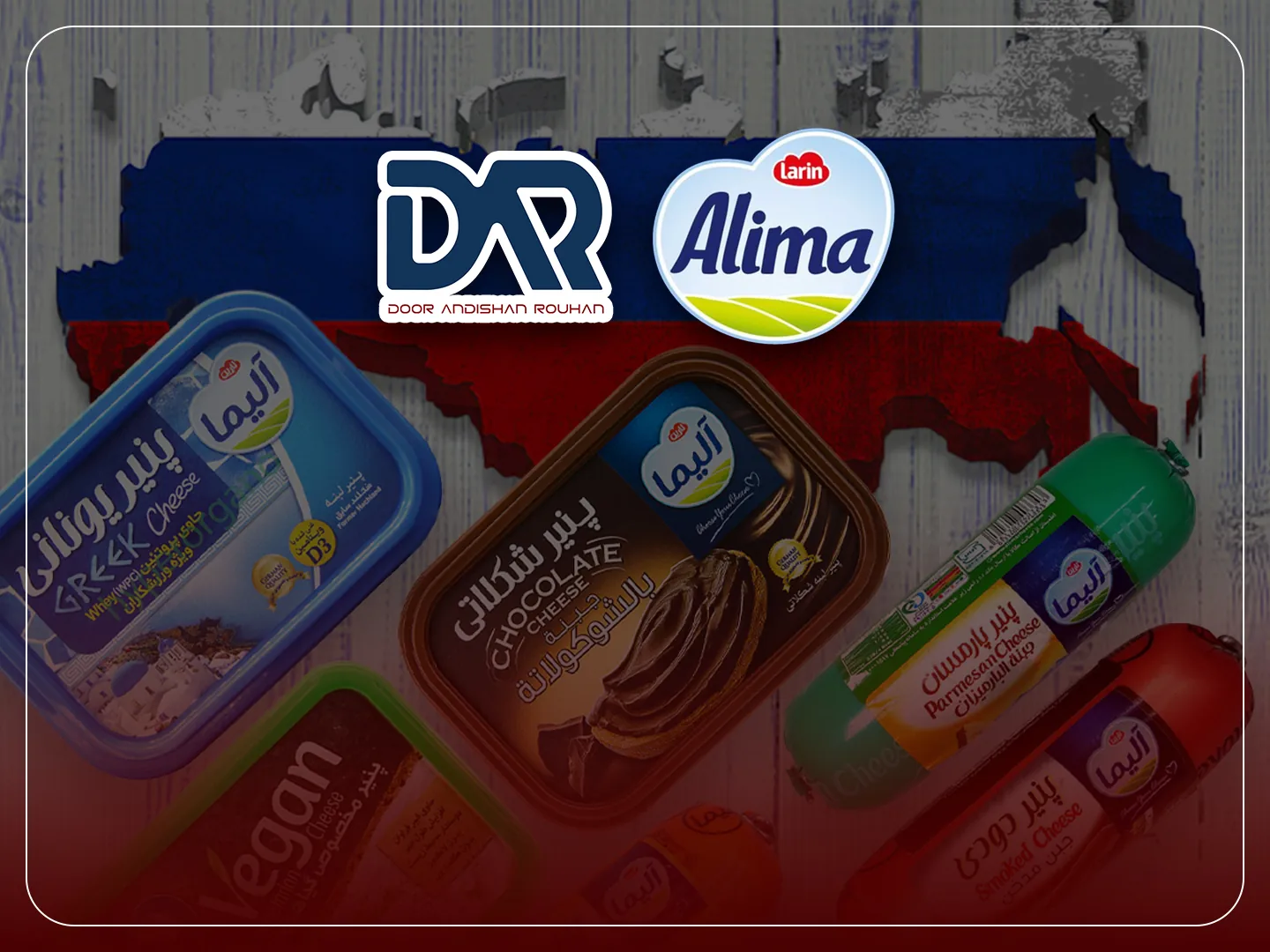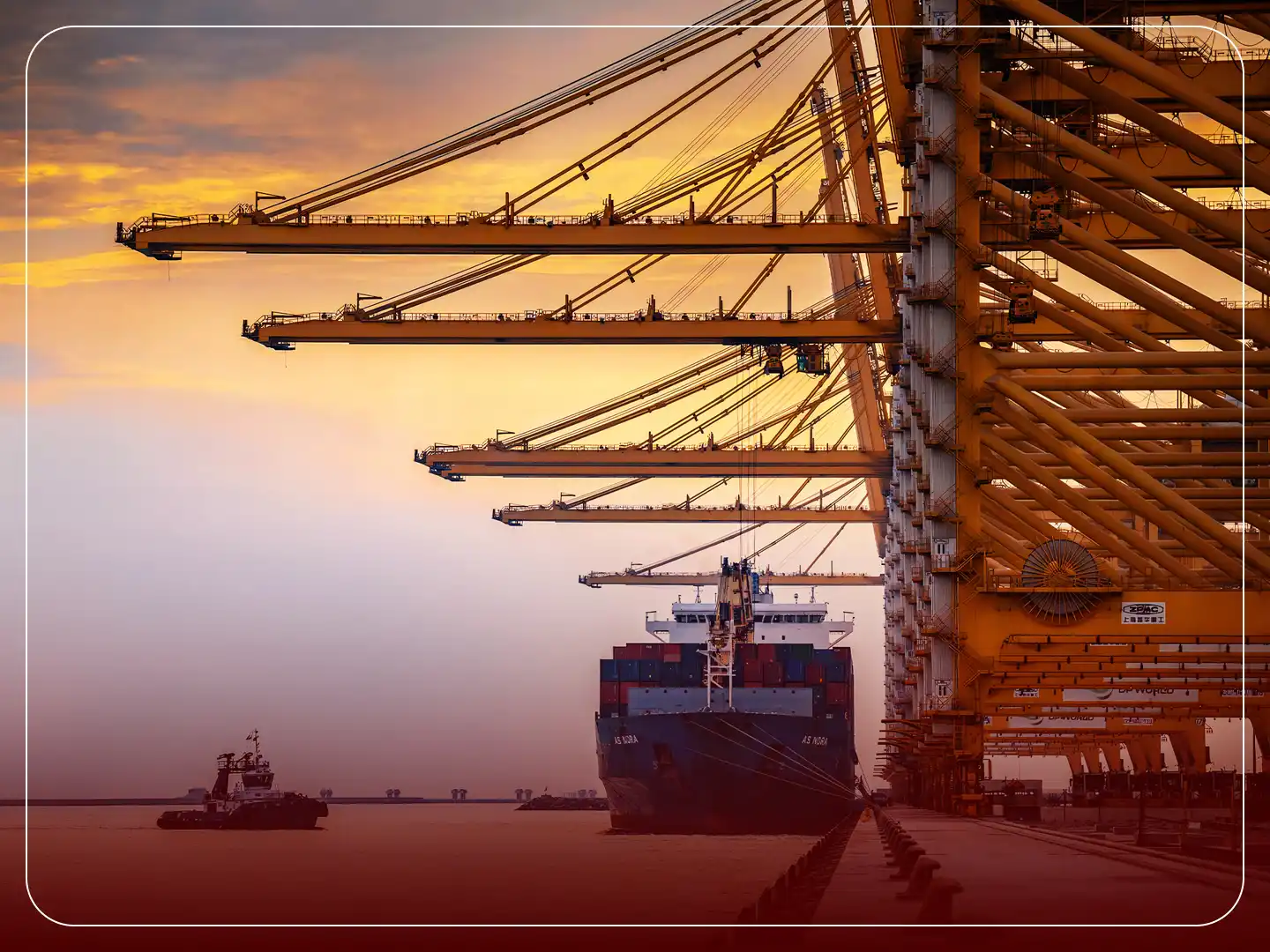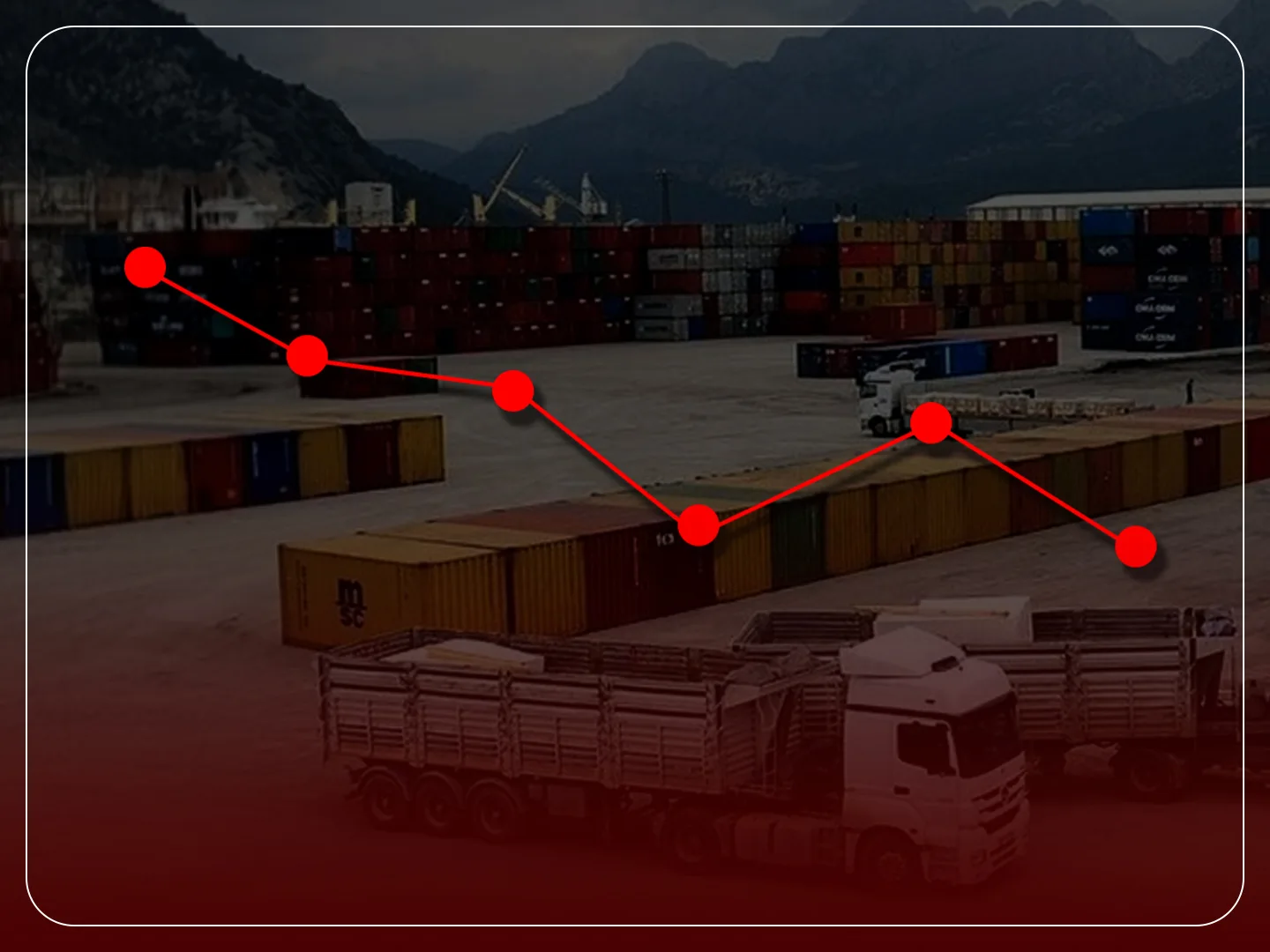Exporting Iranian Pistachios to European Markets
Iranian pistachio export to Europe has been part of international trade of Iran agrarian products. Iran, as one of the world's largest producers of pistachio, has its share of the world market, and its customers in Europe are its biggest buyers. Other than as a healthy cuisine item, pistachios are also seen as good raw material for confectionery, ice creams, and bakeries. The EU, with increasing consumption of healthy cuisine and good imports, has possibilities as well as difficulties for Iran exporters.
Import markets of Europe have been increasing, particularly for nuts. Pistachios are very suitable for Europe’s trends of health-conscious snacking, vegetarian eating, and gourmand cuisine. Although the US and Turkey are leading EU supplies, Iran’s brand of highest-grade pistachios provides it with an opportunity for further market penetration. However, stringent EU regulations of the food and consumer needs place a burden on safety, quality, and highest-level certification for exporters of Iran. Europe’s need for pistachios, Iran’s quality of production, regulations, and logistics are outlined below for the reason of analyzing the opportunity of Iran nut exports for the European food market.
Europe’s Demand for Premium Pistachios
One of the largest consuming areas of pistachios lies in Europe. EU imports for the year 2024 totaled nearly 151,821 metric tons and totaled over €1.12 billion, displaying remarkable growth from those of 2022. German, Italian, and Spanish demand drives the market and are collectively responsible for nearly 70% of EU imports. Germany itself imported nearly 37% of all EU pistachios and re-exported most of it to other EU nations.
America still controls the largest supplies with approximately 78% of EU supplies for the year 2024. Turkey comes next with approximately 8%, and Iran exported approximately 6%. Interestingly, Iran cargo for Europe rose approximately 20% for the year 2024, which indicates new interest for the pistachios of Iran. Yet, Iran's overall supplies for the EU fell from €192 million for the year 2021 down to €92 million for the year 2023 as safety regulations have increased and harvests have decreased.
Market Trends and Consumer Preferences
They want pistachios as value-added products and also as higher quality snack products. They want higher quality, certified, and mostly organic nuts. Green-kernel and flavor pistachios of Iran meet their demand. Buyers also want consistency, safety, and labeling. Branding of certain types of Iran, e.g., Fandoghi and Akbari, can make Iran stand out from many others.
EU pistachio imports from supplying countries (2023-2024, metric tons):
| Supplier | 2023 (mt) | 2024 (mt) | Change (%) |
| USA | 87,489 | 136,838 | +56.4% |
| Iran | 6,375 | 7,692 | +20.7% |
| Turkey | 2,127 | 4,469 | +110.1% |
| UAE | 102 | 654 | +541.2% |
| Jordan | 13 | 641 | +4830.8% |
| Others | 13,376 | 1,527 | -88.6% |
| Total | 96,943 | 151,821 | +56.7% |
Iranian exports of pistachios to EU (2021-2023):
| Year | Exports (€m) |
| 2021 | 192 |
| 2022 | 111 |
| 2023 | 92 |
Iran’s Pistachio Production & Quality Standards
Pistachio production for Iran is central to its exporting agriculture. In 2024, the crop for Iran averaged close to 200,000 metric tons. Production varies with water shortages and alternate fruiting of pistachio and hence injects volatility. Production centers are Kerman and Yazd.
Iran is prominent for the variety of pistachios, of which Fandoghi, Akbari, Ahmad Aghaei, and Kalleh Ghoochi are examples. These varieties differ with respect to size, shape, and color, while the green kernel specifically enjoys priority in Europe. Grading, moisture content, and level of defects are also standardized at the national level (ISIRI). Some exporters also have HACCP, ISO 22000, and other certifications for compatibility with international standards.
Grading, Harvesting, and Processing Techniques
Harvesting is seasonal so as to keep aflatoxin risks low. Nuts are machine- or hand-harvested and quickly dried and graded. Processing entails de-hulling, roasting, and packaging. Grading entails sorting nuts for size and shell opening size (e.g., extra class for large, open-shell pistachios). There are exporters of higher grades for Europe, which means consistency and safety.
Export Regulations and Certifications
In order for pistachio exported from Iran to Europe to be successful, EU food law has to be followed. EU levels for contaminants are extremely low: aflatoxin B1 at ≤8 µg/kg and total aflatoxins at ≤10 µg/kg. There are EU levels for pesticides and heavy metals as well. Cargo with higher concentrations than those required is rejected.
It will also have to provide HACCP or GFSI-recognized standard BRC, IFS, FSSC 22000 types of certificates. Phytosanitary and health certificates are also typically required. Origin, ingredients and allergic and nutritional precautionary statements are also required on the packaging and on the relevant languages. Some EU buyers also request full traceability and test results from labs.
EU Food Safety and Quality Requirements
European agencies also regularly test consignments of pistachios via the RASFF (Rapid Alert System). A number of rejections of nuts from Iran, many of them for aflatoxins, have highlighted the necessity for controls. Certification and third-country tests are becoming normal for exporters from Iran as ways of establishing credibility. Long-term development entails establishing reliability and transparency and competitive pricing.
Logistics, Packaging, and Trade Facilitation
Effective logistics and packaging are essential for the exporting function. In-shell pistachios are exported from bulk cartons or from packs of 10–50 kg. Kernels, due to higher vulnerability, are flushed with nitrogen or vacuum-packaged for retaining freshness. Clear, durable packaging with EU-compatible labeling increases consumer assurance.
Sea shipping from Bushehr or Bandar Abbas ports is routine, with shipment from Suez Canal to Europe. Shipment times are 4–6 weeks. Regular storage conditions when shipping are needed (dry, cool, pest-free). Because of sanctions and trouble with banks, most of the Iranian pistachios are shipped from UAE or Turkey before they arrive in Europe.
Efficient Routes and Cost-Effective Packaging
Shipment from centers like Dubai or Istanbul makes clearing and payment of the customs easy. Economies of scale are made with large packaging of in-shell nuts, while very small sealed packets are best for premium kernels. Exports are supplemented with trade exhibits like SIAL Paris and Anuga Cologne that help exporters tap European buyers. General transportation and packaging effectiveness give competitiveness.
Conclusion
Iranian pistachio exports to Europe are being driven by health-orientated purchasers and increasing import shipments. Europe offers immense potential for Iran securing greater market shares with its ancient and highest quality grades. However, the future of Iran nuts is securing the stringent EU safety and labelling directives, consistent stability of quality, and logistics efficiency. Through facilitation of trade and certified production, there are possibilities for Iran gaining greater market share in Europe's pistachio market which is very competitive.





